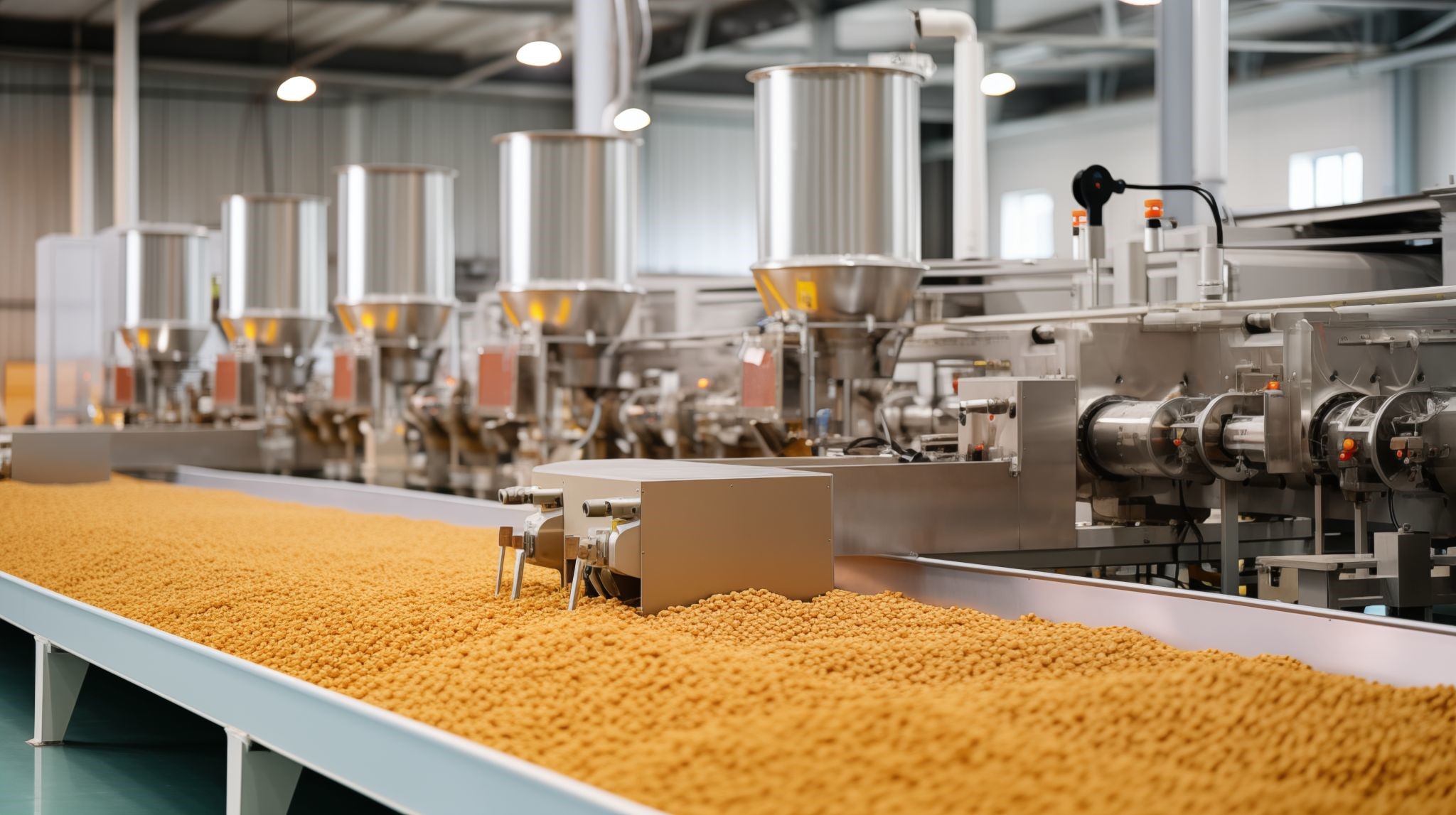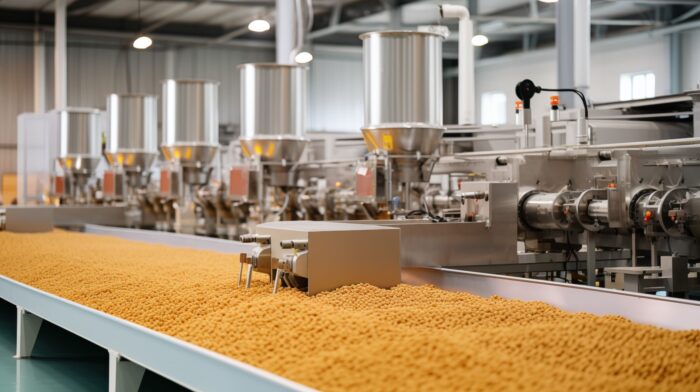
#TechTalk – Differences Between Wet and Dry Rendering
August 7, 2024 12:20 pm#TechTalk - Differences Between Wet and Dry Rendering
Rendering is the method of transforming animal by-products into valuable substances like fats and proteins (maximizing animal by-product use). This essential process plays a key role in manufacturing diverse products such as pet food, biofuels, and fertilizers. However, the recovery of these diverse products, have the potential to create adverse emissions into the atmosphere.
Wet Rendering – In the wet rendering process, live steam is introduced directly into the rendering tank, in conjunction with the material undergoing rendering. Here are the steps of wet rendering:
A. Process – This process involves heating the animal tissues in water or steam. As a result, the fat separates from the water and other solids. The mixture is then either centrifuged or allowed to settle to separate the fat from the water and other solids.
B. Temperature – Generally involves lower temperatures compared to dry rendering.
C. Output – Generating a clearer, higher-quality fat, the water aids in removing impurities. This results in fat that is often more suitable for cooking and food products.
D. Process Specially for – Widely utilized in the food industry to produce lard, tallow, and various edible fats. Favored for creating superior quality fats suitable for human consumption.
Dry Rendering – In dry rendering, steam is contained within a jacket that encases the tank holding the material.
A. Process – This process entails heating animal tissues without adding water. The tissues are heated directly, which causes the fat to liquefy and separate from the solid components. Afterward, the mixture is pressed or spread to extract the fat.
B. Temperature – Usually entails higher temperatures compared to wet rendering.
C. Output – Creates a fat that might have a darker hue and more intense flavor because of the elevated temperatures and absence of water. This fat could hold more impurities and might need additional refining.
D. Process Specially for – Commonly utilized in industrial settings where the color and flavor of the fat are not as important. Ideal for making fats for non-food purposes, like lubricants, soaps, and cosmetics.
Both wet and dry rendering have their respective advantages and disadvantages. Wet rendering typically produces High quality fat, Reduced Odor and Improved safety. On the other side Dry rendering Lower energy consumption, Better flavor, Longer shelf life & Environmental friendly. The selection of both the processes depends on various factors such as the kind of animal by-products being handled, the resources at hand, and the intended final products.
But in each instance, rendering operations create a myriad of emissions targeted for abatement. Potential emissions generated can include the following. Per the US EPA website – “Volatile organic compounds (VOCs) and odor are the primary air pollutants, organic sulfides, disulfides, C-4 to C-7 aldehydes, trimethylamine, C-4 amines, quinoline, dimethyl pyrazine, other pyrazines, and C-3 to C-6 organic acids.” These are all subject to regulatory control.
Pre and post wet scrubbing / dry scrubbing, particulate filtration, and thermal oxidation are routinely used for these operations. Depending on specific application, Ship & Shore can custom design a control system to meet the complicated rendering process to meet regulatory requirements.

Categorised in: Industry news, News, News, Ship & Shore, TechTalk

